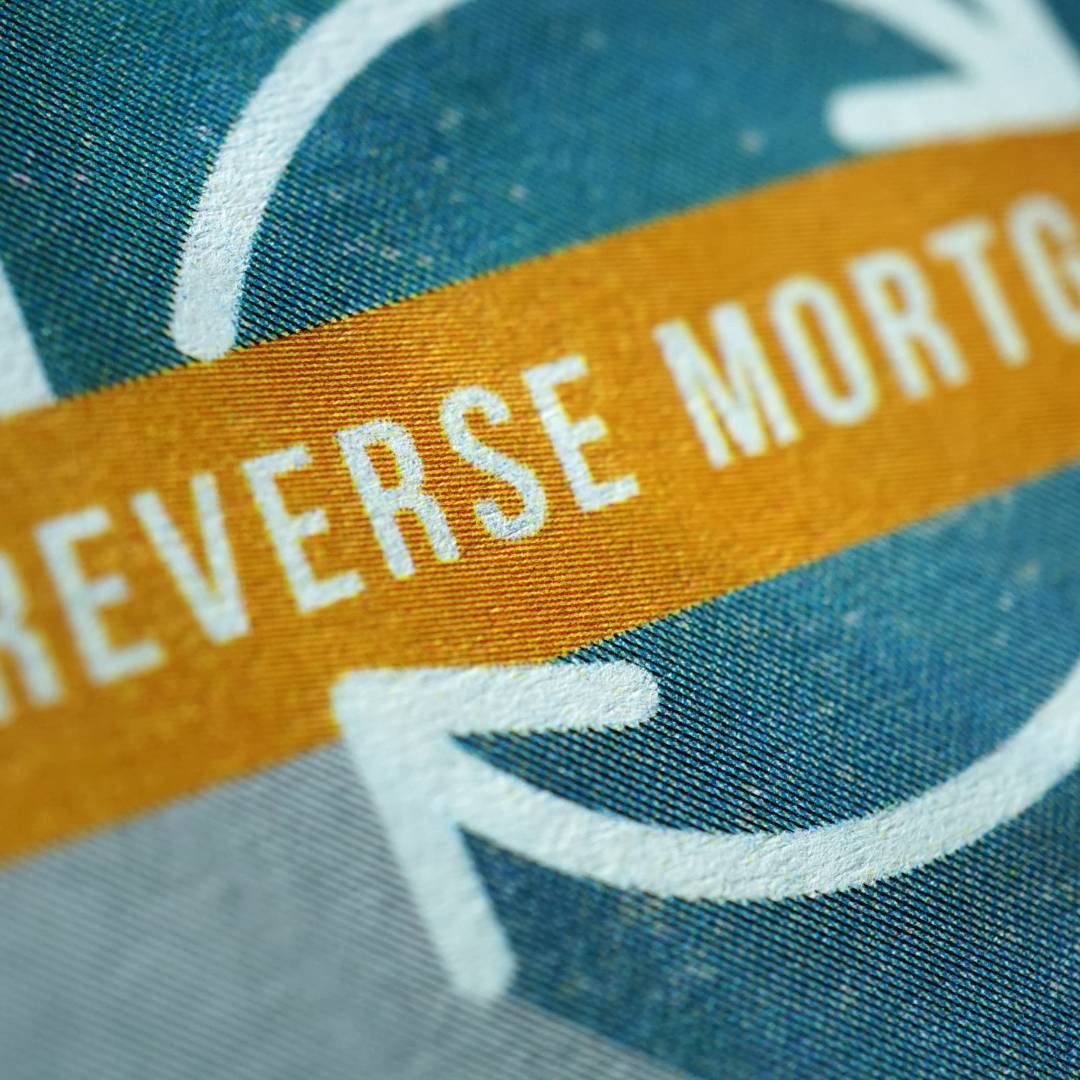In the realm of mortgages, traditional mortgages and reverse mortgages serve different purposes and come with distinct features. Understanding the differences between these two financial products is crucial for homeowners considering their options. In this article, we will explore the fundamental distinctions between a reverse mortgage and a traditional mortgage, helping you make an informed decision that aligns with your financial goals.
DOWNLOAD OUR FREE BOOKLET: THE 12 MYTHS AND FACTS OF REVERSE MORTGAGES
Traditional Mortgages: The Basics
Traditional mortgages are what most people think of when they consider buying a home. With a traditional mortgage, you borrow money from a lender to purchase a home and then make monthly payments to repay the loan. These mortgages come in various forms, including fixed-rate and adjustable-rate mortgages, and typically involve a down payment. Learn more about “Mortgage Basics”
Key Aspects of Traditional Mortgages
- Monthly Payments: Traditional mortgages require borrowers to make monthly payments, which consist of both principal and interest. These payments are designed to repay the loan over a specified term, often 15 to 30 years.
- Equity Buildup: As you make payments, your equity in the home grows over time. With each payment, you own a larger share of the property.
- Interest Costs: Borrowers pay interest on the amount borrowed, which can be a significant portion of the total cost of the loan over the mortgage term.
Reverse Mortgages: An Alternative Approach
Reverse mortgages are designed for homeowners aged 62 and older who want to access their home equity without the burden of monthly mortgage payments. Instead of making payments to the lender, the lender pays you, either through a lump sum, monthly payments, or a line of credit. The loan is repaid when you sell the home, move out, or pass away.
GET AN INSTANT QUOTE FOR A REVERSE MORTGAGE
Key Aspects of Reverse Mortgages
- No Monthly Payments: The primary advantage of a reverse mortgage is that it eliminates the need for monthly mortgage payments. This can be particularly beneficial for retirees on fixed incomes.
- Accessing Home Equity: A reverse mortgage allows homeowners to tap into the equity they’ve built in their homes, providing additional financial flexibility.
- Loan Repayment: The loan is typically repaid when the last surviving borrower sells the home or leaves the property. At that point, the loan balance is settled using the proceeds from the home sale.
Which Mortgage Is Right for You?
The choice between a traditional mortgage and a reverse mortgage depends on your age, financial situation, and long-term goals. Here are some key factors to consider:
- Age: Reverse mortgages are specifically designed for older homeowners, typically aged 62 and older. If you don’t meet this age requirement, a traditional mortgage is your primary option.
- Income and Budget: Consider your income and budget. If you prefer to eliminate monthly mortgage payments, a reverse mortgage may be more suitable. If you have a stable income and can afford traditional mortgage payments, it might be the better choice.
- Equity Access: Determine whether you need a lump sum or would prefer to receive funds gradually over time.
- Long-Term Plans: Consider your long-term plans for your home. If you intend to stay in your home for an extended period, a reverse mortgage might be more suitable.
- Interest Costs: Assess your comfort with interest costs. Traditional mortgages involve interest payments, while reverse mortgages accrue interest on the loan balance.
In conclusion, the choice between a traditional mortgage and a reverse mortgage depends on your age, financial situation, and long-term plans. Both options have unique features, and consulting with a financial advisor, like us, can help you make an informed decision based on your specific circumstances.
Let’s get started. What mortgage is right for your home?
SELECT LOAN TYPE
Share
by Santiago Carrillo
Share
STAY IN THE LOOP




